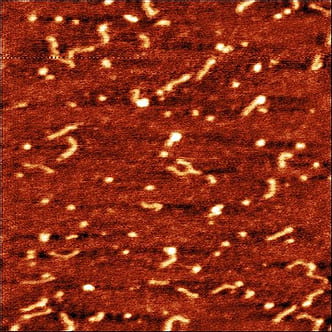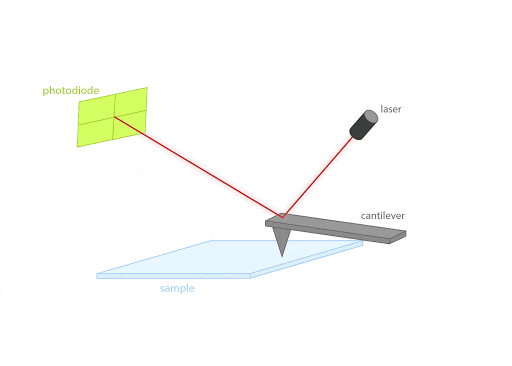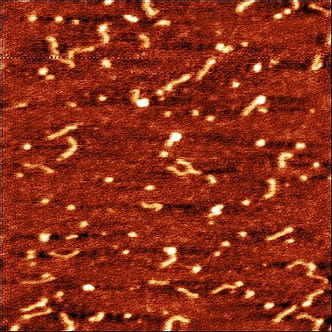Updated: Aug 13, 2020
Hi everyone! This new blog post will be chronicling my first three weeks in Amherst College’s SURF program so far, I hope you enjoy this piece!
As part of the Summer Reporters series with the Amherst STEM Network, I got the chance to do an Instagram Story Takeover; this meant sharing a day of my life as a researcher in the Carter Lab and running a mini Q&A session. At the time, I had only just started my training but I found it to be a very memorable experience and was glad to interact with others who are interested in scientific research.
It was only after I moved from my hometown in Connecticut to Massachusetts that my training really began — the main two items on my training schedule being becoming familiar with Adobe Illustrator and Igor, a programming language common among the physics world and known for its visually appealing graphs.
My Adobe Illustrator experience was made much more enjoyable due to the fact that I had taken a semester-long graphics class in high school, and I had a great time learning even more than I had in that time-frame. The tutorial I followed along with was made by my fellow labmate Emily Ma, a biochemistry student who just graduated and will be at Amherst College for one more year as the Biology Department’s Q Fellow.
These Illustrator skills came into good use when it came time to create my own figure for a short presentation I put together. The research project I am interested in includes the use of an Atomic Force Microscope (AFM), which can create images based on the topography of a sample on a slide — in this case, DNA and histone proteins — using a silicon tip attached to a cantilever. As it passes over the surface of the sample, the movement of the tip affects the cantilever, which then moves the laser pointed at it. The movement in the laser is recorded by a photodiode and incorporated into the final image, which kind of looks like a baked lasagna in my opinion!
AFM topography image of 105 nm DNA with histones
AFM figure created in Illustrator + Photoshop
The less enjoyable part of my training so far has been grappling with Igor. As my first programming experience, I must say it has been quite difficult but I find solace in the fact that I have a professor who has supported me throughout this process and who I feel I can ask for help.
Perhaps the most frustrating element of the process so far has been being unfamiliar with enough commands to know which ones would be adequate for an Interleaver program I have to make that creates a new series of alternating numbers by using two other series of numbers as the arguments, or the inputs.
In my spare time, I’ve been reading The Immortal Life of Henrietta Lacks by Rebecca Skloot as part of a book club through the SURF program. This book tells the story of a Black woman whose cancerous cervical cells — known by the name “HeLa” — were unknowingly harvested after her death and her family who was left in the dark about the commodification and incorporation of her cells in modern medicine. So far, it has been surprising to see the lack of awareness or acknowledgment from those who have worked with Henrietta’s cells and pursued the other Lacks family members for personal gain, as well as read of the various other accounts of injustice towards other Black patients in hospital settings.
I will be back in three more weeks to share the second half of my SURF experience, so until then please do check out the other blog posts by the other Summer Reporters as well as their Instagram Story Takeovers on the ASN Instagram page!
